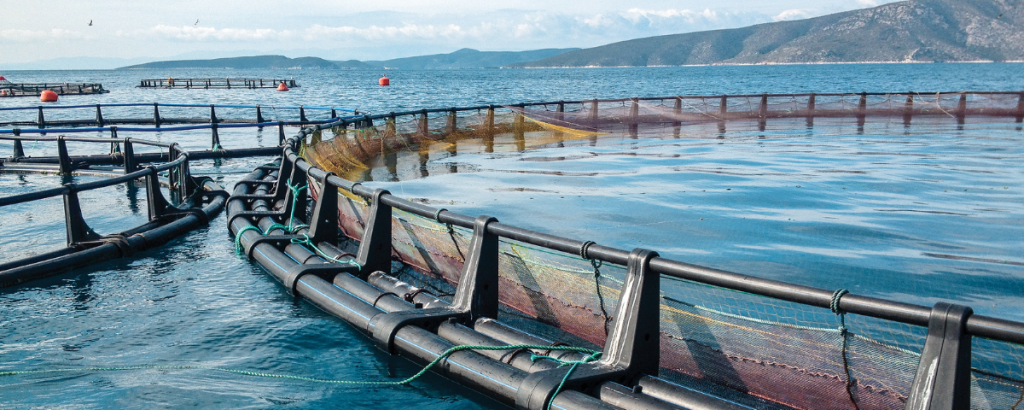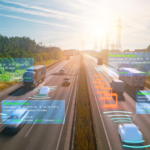
The Green Benefits of Fish Farming
In recent years, environmentalists and the food industry have been coming together to promote more sustainable farming practices. From the chicken industry to the fish farming industry, there is a growing effort to create more eco-friendly methods of livestock production.
The world’s oceans are being used more like a farm than a natural treasure. As more and more land is used for agricultural purposes, the world’s fish stocks are declining. This means more dangerous fishing conditions, which in turn means higher costs for fish caught and fewer fish for us to eat. As a result, more than a billion people depend on fish as their primary protein source. To feed the world’s growing populations, we need to use more fish, not less.
In the last few years, the fish farming industry has seen rapid growth in the adoption of aquaculture technology. This is because there is an increasing demand for fish to meet the growing global demand for seafood. Artificial water tanks are being built around the world to farm more fish than ever. These tanks are massive in size, requiring equipment such as platform ladders and long nets to get any harvesting done. The ecosystem around the industry is steadily broadening. Moreover, new, sustainable methods of fish farming are becoming more popular because they do not put such a heavy burden on natural resources such as water and improve the nutritional quality of the fish. And now, farmers can also combine fish and crop cultivation through the aquaponic farming technique, which can highly benefit the cultivators. Farmers may have to set up the environment for aquaponics by setting up a greenhouse for which they can check our Greenhouse Construction companies near their location. New techniques and technologies in farming could be necessary with the increasing global population.
As the global population soars toward the 8 billion mark, we will likely see increasing water shortages. Water shortages are already becoming a massive problem in places like Saudi Arabia, Oman, and parts of the Middle East. The answer could be fish farming. By growing fish in large ponds, farmers can create quite large farms over a wide area. These farms, in turn, create vast amounts of food for the people who live in the area.
Fish farming is a relatively unexplored form of aquaculture that is only just gaining momentum among commercial farms. The practice involves rearing fish in enclosures that are basically underwater farms. These aquaculture farms can be found in coastal areas with access to water, such as the Chesapeake Bay.
Fish farming is an environmentally friendly way to feed the world. According to the Food and Agriculture Organization of the United Nations, each pound of farmed fish provides almost double the protein of a pound of wild-caught fish, according to the Food and Agriculture Organization of the United Nations. Oil and gas derived from fish farming is also renewable and doesn’t contribute to global warming.
The problem with fish is that they require a lot of water to live, which means that they only thrive in coastal areas. In order for fish to thrive, they need to eat algae. Algae is an important food source for humans and other animals. Still, it also has a massive downside: it releases a toxin into the environment, which is toxic to humans and animals.
The rich and famous need not worry about their carbon footprint: Farmed salmon, in particular, is a highly efficient way of reducing CO2 emissions. Salmon farming has been growing rapidly in recent years, and its potential as a sustainable and efficient way to tackle climate change has been recognized.
Fish farming is also one of the most sustainable sources of protein and Omega 3 fatty acids. But it is not a new idea, and for thousands of years, people have raised fish in aquaculture facilities. For instance, in current time, many entrepreneurs are known to have bought Ranches for sale and turned them into hatcheries suitable for the growth of marine life. However, contrary to how it is done today, previously, fish farms were located on the coast of northern China. For instance, the first known aquaculture facility dates back to approximately 3000 B.C. in the Yellow River basin, China, where fish farming was established as a method of flood control.
The primary benefits of fish farming can be seen in their environmental benefits. With over one hundred thousand million tons of fish slaughtered every day, the industry annually provides over one billion dollars in revenue. That’s a lot of money paying for fish that are then killed, and they’re not only killing some of the ocean’s most important creatures like sharks and seals, but they’re also polluting the water with fish waste and toxic chemicals. This is why there are so many benefits to the industry, and one of them is providing a source of protein for people around the world who don’t eat fish. However, what might definitely be needed is proper to streamline all operations using a dedicated farm software while keeping in mind sustainability in order to preserve both the human race as well as nature.
On that note, it is estimated that in 2016, over 17 million metric tons of fish were used for food, and over 200 million metric tons of fish were used as feed for livestock. Worldwide, fish farming remains a largely overlooked but promising source of sustainable protein.



